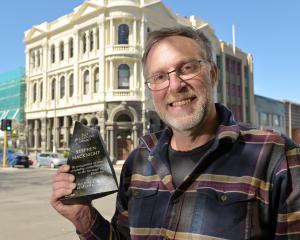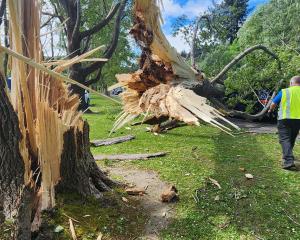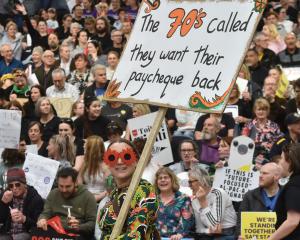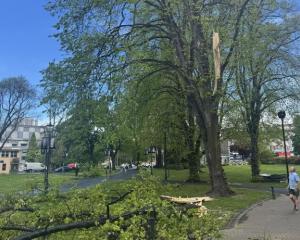Assoc Prof Gerry Closs said commercial fishing of the species should be banned in certain areas to provide refuge populations.
''It's a management approach that has been well tested in marine reserve systems,'' Prof Closs said.
''It is probably the simplest and most reliable way to protect long-lived single-spawning species such as longfin eels.''
The Government recently announced measures to improve the eel population, including reviewing catch limits, separating longfin and shortfin eel stocks, introducing abundance targets and getting better information from the commercial sector.
Primary Industries Minister Nathan Guy said the measures followed a review of information on the fishery by an independent panel, which found the fishery in recent years had been stable and in some cases longfin eel numbers had increased.
''At this stage, the scientific information does not support a closure of the fishery.''
Prof Closs said the lack of detail and immediate action was disappointing.
''Some simple things, such as separating South Island long and shortfin stocks, are simple, and should and could be done immediately.
''There doesn't seem to be any sense waiting to implement that measure.''
It would be difficult to accurately measure target abundance levels without a significant improvement in monitoring over several years.
He believed it would be ''far simpler and prudent'' in the short to medium term to identify no-catch zones for longfin eels to provide a refuge for populations.
''To some extent, the national parks provide a refuge, but they are generally in higher-altitude, low-productivity colder areas,'' he said.
''Done really well, we might end up with a higher abundance and catch of eels simply by creating reasonably extensive no-catch areas.''
Ministry for Primary Industries (MPI) inshore fisheries manager Steve Halley said more detailed engagement would occur with tangata whenua and stakeholders this year, especially around catch limits or separating the stocks.
Formal public consultation was proposed for next year with implementation from October 1, 2015.
The MPI Eel Science Working Group would carry out work in 2015-16 to set abundance target levels.
''The setting of target levels will help to provide greater certainty to tangata whenua and stakeholders about how catch limits will change in the longfin eel fishery.''
MPI was working with the industry on ways to improve the information from the commercial fishery, he said.
''MPI is supportive of the work the South Island eel fishery has already voluntarily implemented to improve fine-scale monitoring of the fishery.''
A South Island Eel Industry Association spokesman said the Independent Review Panel could find no scientific evidence to suggest that the longfin eel fishery, commercial or customary, was unsustainable.
''The minister is therefore correct to state that the scientific information does not support a closure of the fishery.''
Commercial eel fishermen were providing data which would greatly improve the information base for all freshwater managers.
There were other factors which affected eel productivity, he said.
''These include reduced water quality, wetland drainage, and hydro dams.
''Commercial fishermen actively advocate for improved longfin eel habitat but these efforts are not recognised by those who wish to close the fishery.''












